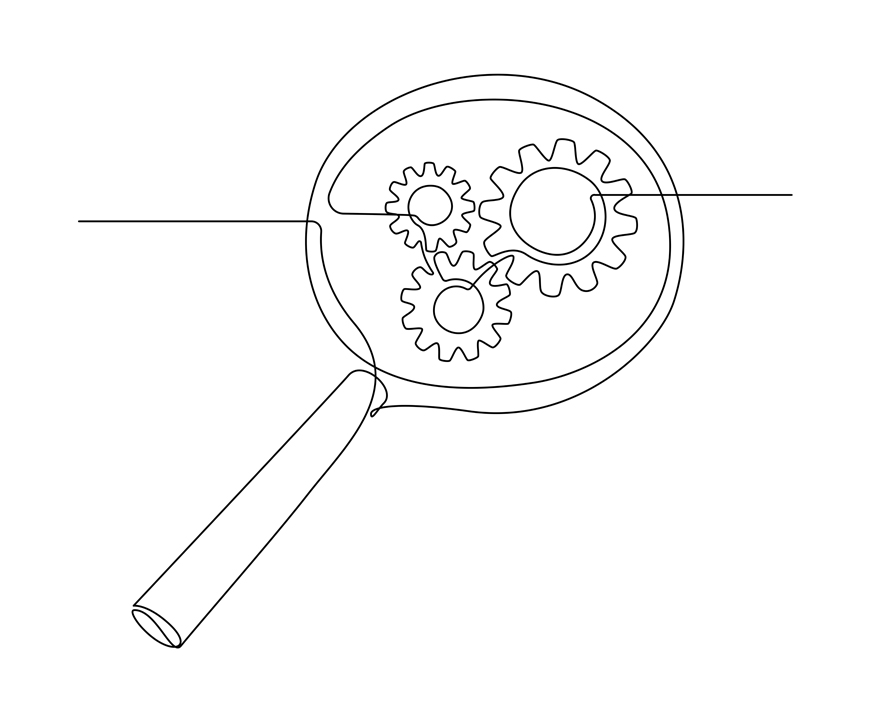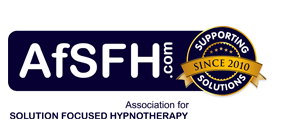Plagiarism
Plagiarism
Welcome to our page about plagiarism.
Here, our Head of IT and Social Media, Trevor Eddolls, considers some of the things we can do to prevent unauthorised use of our written content.
It is important to protect our marketing content, and to ensure that we always appropriately reference and credit the work of others if we use it.
Scroll
About plagiarism...

Ever had that feeling that somebody else's website or their blog seems strangely familiar? Further examination reveals that some,large parts, or all of it is exactly the same as the text that you carefully crafted for your website or blog. Or have you ever found a graphic on someone else's website that looks just like part or or all of a photo that you took and put on your site or your blog or even on your social media account. You have just joined the ranks of the many people who have had their work copied - plagiarised, to use the technical term.
According to Wikipedia (https://en.wikipedia.org/wiki/Plagiarism), plagiarism is the representation of another author's language, thoughts, ideas, or expressions as one's own original work.
Many hypnotherapists, when they are starting out or looking to update their websites, will look at other hypnotherapists' websites to see what looks good and what doesn't - to get an idea of what they'd like to see on their own new site. And, sometimes, they see text or graphics that seem just right. And they make a note of them - or right-click on the images and save them, or copy and paste the text. And, without necessarily meaning to, they have plagiarised that other site. Which helps them out a lot.
But how would you feel if your text or your blog had taken and used by someone else? Someone who might be getting your potential customers because of what we written on their site.
Copying images from Google Images is also plagiarism. And many of those images are copyrighted. People like Getty can move quickly to sue people for using their images - and the cost can be very high. If you want royalty-free graphics, try sites like Pexels ((https://www.pexels.com/royalty-free-images/) Pixabay (https://pixabay.com/), or Unsplash (https://unsplash.com/images/stock/royalty-free).
Surprisingly, plagiarism is not always a criminal offence. It depends on whether the text is copyrighted or not. If copyrighted material is used without consent, that is a criminal offence. So, re-using text from a book or magazine on your website without consent would be a breach of copyright.
Google is quite hot on plagiarism and a site with plagiarised content will do badly in terms of SEO (Seach Engine Optimisation), which is not good for business.
The rule of thumb is don't use anyone else's work. If you want to re-use it, then get the original author's permission and attribute it to them on your site.
Scroll
How can you find if anyone else is using text from your site?

There are a number of websites you can use to see whether your site has been plagiarised.
Or you can copy the text on a webpage or blog and paste it in to a plagiarism checker:
- www.grammarly.com/plagiarism-checker
- https://plagly.com/
- www.duplichecker.com/
- smallseotools.com/plagiarism-checker/
- www.quetext.com/
Many more tools are available online, and most of them like you to pay to use them. It's often worth checking your text on two or more plagiarism checkers.
Scroll
What can you do if you find your work has been plagiarised?

Firstly, contact the owner of the offending site. Send them a screen shot of your original text, the date it was published, and irs address (URL). Also include a screenshot of their version of your text and state clearly that you are the exclusive owner of the text or graphics, that you haven't given them permission to use it, and ask them to take down your text or graphics. Usually that works.
If it doesn't get the desired response, then you can contact the company that hosts the offending website and ask them to take down the site. Include in the email everything you sent the owner of the site, and explain what response you got, if any.
How do you find who is hosting a website? Go to https://lookup.icann.org/" or https://www.whoishostingthis.com, enter the offending site's URL in the search box, and see what information is displayed. That usually tells you what you need to know in the registrar information section.
If that doesn't work, you can try contacting Google and Bing and ask them to remove the content. Have a look at https://transparencyreport.google.com/copyright/overview?hl=en_GB for more information.
Finally, in the case of serious plagiarism or copyright infringement, and if other measures haven't led to a resolution, it may also be worth speaking to your insurance provider because they may have legal teams who can help with these kinds of issue.
Scroll
What should you do now?

Put a copyright notice on every page of your website.
It should contain the word 'copyright' or the symbol ©, the year the webpage was published, and the name of the copyright owner (you or your company).
Further help
If you require any further information or have any questions about any of the information provided here, please contact our Head of IT and Social Media at: it@afsfh.com
© 2021 AFSFH All rights reserved
The Association for Solution Focused Hypnotherapy
(AfSFH) is a not-for-profit organisation
Company Registration no. 7412098 © AfSFH
